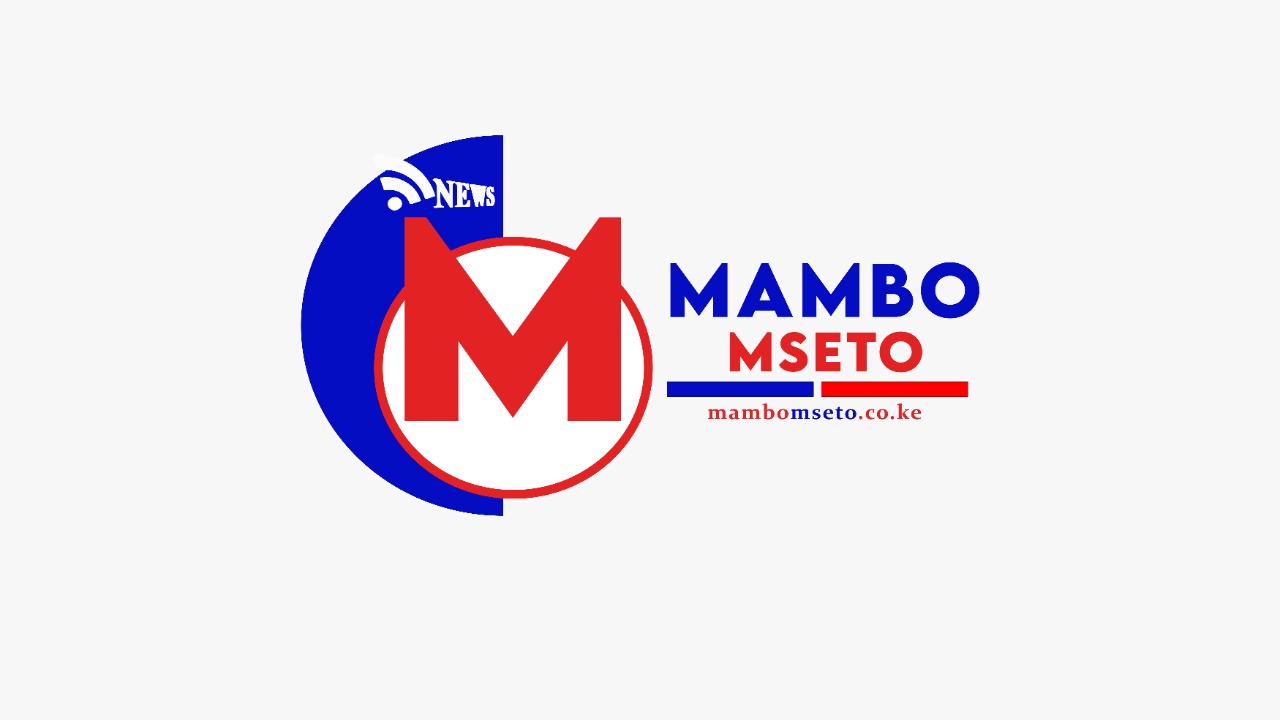The Constitution of Kenya, 2010, outlines the circumstances and processes by which the military can take over leadership from the President.
These provisions are crucial in ensuring that such a transition occurs within the bounds of law and order, maintaining democratic principles even in times of crisis.
When the President declares an emergency, the military may be called upon to restore order and maintain governance. This can occur under conditions such as war, invasion, general insurrection, disorder, natural disaster, or other public emergencies that significantly disrupt the functions of the state.

A Photo of KDF officers during a past event
The military deployment in such situations is intended to stabilize the country and protect citizens until normal governance can resume.
Additionally, the military can intervene if there is a severe threat to national security that the civilian government is unable to manage.
Situations involving terrorist activities, armed insurgencies, or other forms of violent conflict that severely disrupt the functioning of the government and threaten the safety of the populace may necessitate military involvement.
The goal in these scenarios is to safeguard the nation and ensure the continuity of government operations.
The Constitution also provides for scenarios where the President is incapacitated and unable to perform duties.
In such cases, the military can assume temporary control to ensure the continuity of government operations, pending the constitutional process of determining the President’s ability to resume office or the election of a new President. This ensures that no power vacuum could destabilize the country.
KDF troops in action
The process by which the military can take over involves several checks and balances to prevent misuse of power. Initially, the President must declare a state of emergency and deploy the military domestically, which must be approved by Parliament within fourteen days. This parliamentary oversight ensures that the use of military force is regulated and subject to civilian control.
Furthermore, any actions taken by the military during a takeover are subject to judicial review. This allows the judiciary to intervene if the military oversteps its mandate or violates constitutional provisions, ensuring that the rule of law is upheld.
The National Defence Council, which includes the President, the Cabinet Secretary for Defence, and other key military and government officials, also plays a crucial role in advising and coordinating the military’s actions during such times.
Key sections of the Constitution, such as Article 132, which outlines the President’s powers and responsibilities, Article 241, which establishes the Kenya Defence Forces (KDF) and their duties, and Article 238, detailing the principles of national security, provide a legal framework that balances the need for security with the preservation of democratic governance and human rights.
Thus, while the Constitution of Kenya allows for military intervention under specific and regulated circumstances, these actions are heavily guarded by legislative and judicial oversight to ensure that power is not misused and that democratic principles are maintained. This framework reflects a commitment to upholding the rule of law and protecting the nation’s democratic integrity even in times of emergency.



